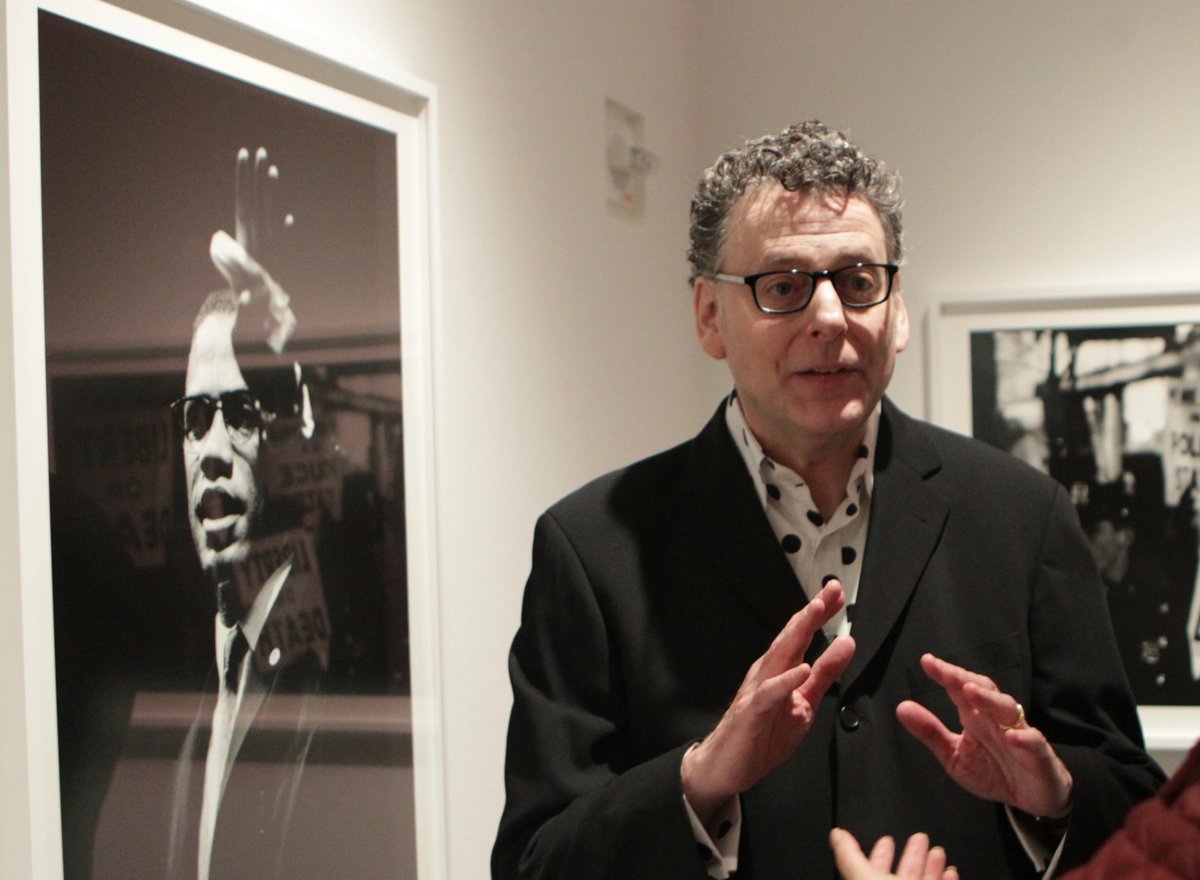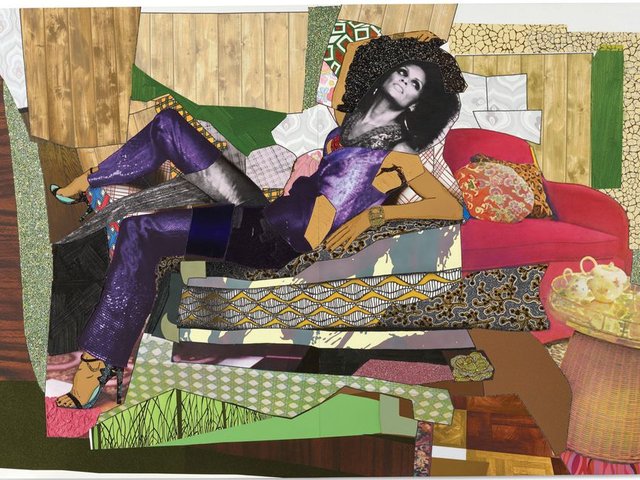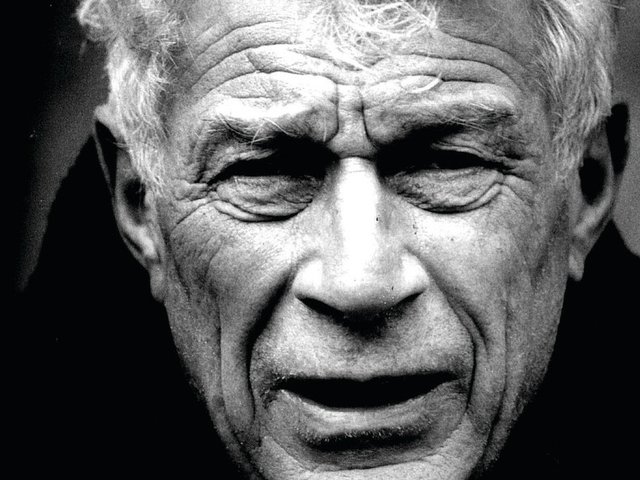Maurice Berger, the multi-hyphenate art historian, critic, curator and author, has died of complications related to the coronavirus (Covid-19). He was 63.
Berger was born into a Jewish family on the Lower East Side of Manhattan in 1957, and was raised in a public housing project with a predominantly black and Puerto Rican population. This childhood setting largely nourished his outlook and interests, as Berger would go on to dedicate a huge amount of his life’s work to research on how race plays into currents in the arts, long before such conversations became more commonplace.
Berger received his undergraduate degree from Hunter College before pursuing a PhD in art history and critical theory from the City University of New York, where he studied with the critic and art historian Rosalind Krauss. In 1990 he published the essay Are Art Museums Racist in the September issue of Art in America, in which, as the text puts it, he set out to “examine the complex institutional conditions that result in the exclusion or misrepresentation of major cultural voices in the United States”.
He stated that, “sad to say, with regard to race, art museums have for the most part behaved like many other businesses in this country—they have sought to preserve the narrow interests of their upper-class patrons and clientele. It is the upper-class, mostly white bias that I want to interrogate in order to find out ‘what’s going on with whiteness’ (as the writer Bell Hooks might say) at one of America’s most racially biased cultural institutions—the art museum.”
Beginning in 2012, Berger wrote the Race Stories series for The New York Times’s Lens blog, where he often drew connections between current events and historically important American photographers like Gordon Parks, Dorothea Lange and Robert Frank. In a pivotal entry from the blog, written in the wake of the white supremacist rallies in Charlottesville, Virginia in 2017, Berger wrote, “a vast majority of Americans are good people who are clearly repulsed by what that they have witnessed in the photographs of Charlottesville,” adding, “but the very ordinariness of the people these images bluntly represent underscores that bigotry is not solely perpetrated at the extremes and as something exceptional. It is everywhere, having infiltrated every corner of society and culture, in places and institutions on the right, left, and in the middle.”
“As a Jew, I have known anti-Semitism. As a gay man, I have known homophobia,” he wrote in a Race Stories entry titled Using Photography to Tell Stories About Race, “But neither has seemed as relentless as the racism I witnessed growing up—a steady drumbeat of slights, thinly-veiled hostility and condescension perpetrated by even the most liberal and well-meaning people.”
In 2018, the International Center of Photography (ICP) awarded Berger the Infinity Award for his New York Times column. “I’m very interested in writing about the things that would normally not be written about, like issues of race that people are uncomfortable with,” Berger said in an interview with the ICP on the occasion of the award. “Photographs are all about focusing, it’s all about details stilled to one moment, and sometimes, if you capture the right moment, that story—that image—is more valuable than as many words as you could summon. It’s why Frederick Douglass was the most photographed American of the 19th century, it’s why the great leader and intellectual W.E.B. Du Bois curated an exhibition on the portrait.
“The camera could be used, not just to sway white people’s opinion—that was maybe secondary—but to allow African Americans, who were under the gaze of a mainstream culture that either ignored them, denigrated them, or subjected them to all manner of stereotypes, to represent themselves as they wanted to be seen.”
As a curator, Berger curated many exhibitions, including retrospectives of Adrian Piper and Fred Wilson at the University of Maryland, where he taught, Revolution of the Eye: Modern Art and the Birth of American Television and other group exhibitions at the Jewish Museum and White: Whiteness and Race in Contemporary Art at the ICP. As an author and historian, he wrote 11 books, including The Crisis of Criticism (1998), White Lies: Race and the Myths of Whiteness (1999) and For All the World to See: Visual Culture and the Struggle for Civil Rights (2010), and contributed a stream of articles to magazines like Artforum, The Village Voice, Aperture and others, in addition to his Times column. Throughout it all, Berger’s prose was always clear and sympathetic, prizing personal stories and explorations of vulnerability over highbrow jargon and pedagogy.
“My relationship with the art world remains tenuous,” Berger wrote in the Times in 2017. “While some things have changed — art history has become more inclusive, for example, and a few artists of colour have become superstars—the problem of racism persists. Recently, I attended a dinner in an expensive restaurant celebrating a friend’s New York museum retrospective, and the scene was typical and dispiriting: A sea of affluent white people dressed in black.”




